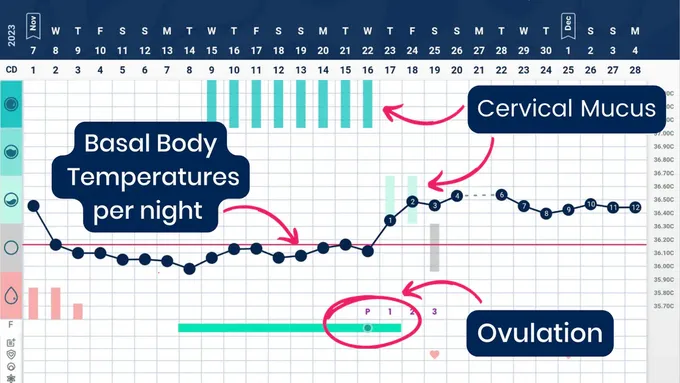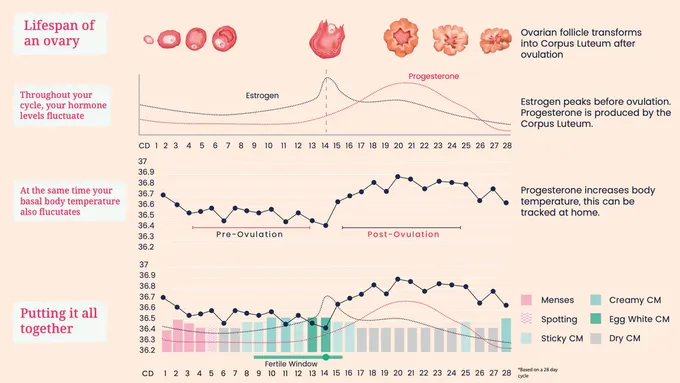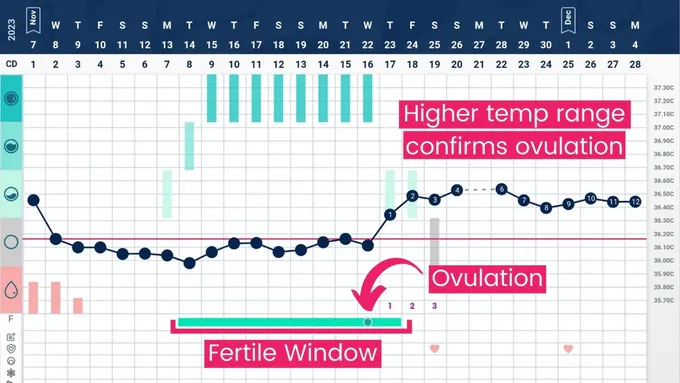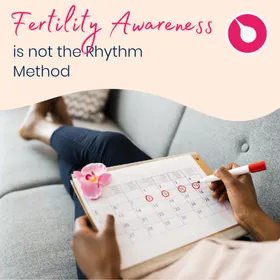What is Fertility Awareness?
Published February 5, 2025.
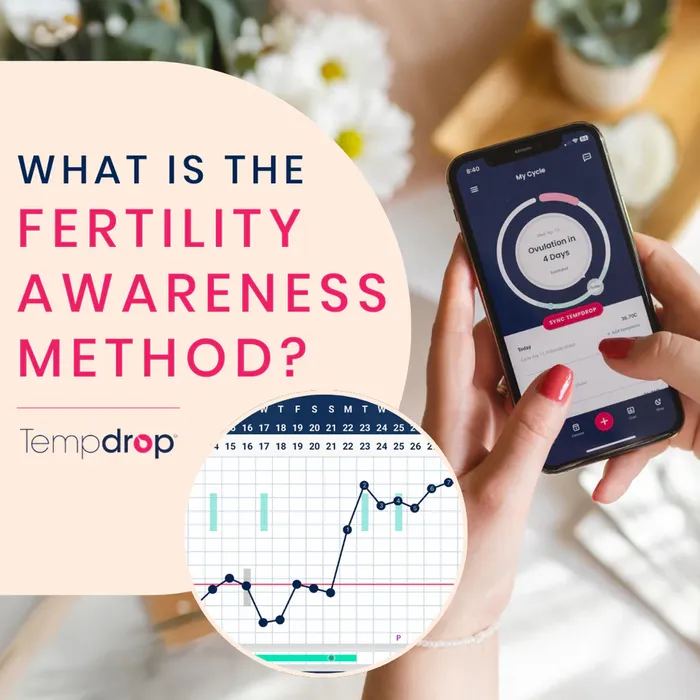
What is Fertility Awareness? Fertility Awareness Methods, or FAMs, are methods used to learn to read the quiet messages of your body to determine when you’re fertile, and when you’re not.
It’s a daily practice of noticing and charting your body’s biomarkers. With a sympto-thermal method, this means you’re tracking your cervical mucus and basal body temperature every day, with the optional sign of cervix positioning.
By tracking these scientifically proven messages from our bodies, FAM gives you a detailed understanding of your body, inner cycles, and fertility - and allows you to decide how this is meaningful to YOU!
FAM can be a valuable tool to reach many goals, including:
- Empowered Health: Gain insights into your fertility, overall health & track changes based on lifestyle, diet, supplements, etc.
- Body Literacy: Understand your body parts, hormones, and cycles through tracking your biomarkers
- Consciously Conceive: Increase your chances of getting pregnant by knowing when to time sex
- Natural Birth Control: Become aware of your fertile window so you can make conscious decisions to help you avoid unwanted pregnancy
- Self Care: Develop a deeper intuition, self-love, and empowerment by understanding your unique cyclical patterns and taking the time to honor & support these
But How Does It Work?
FAM works by paying close attention to your body’s biomarkers. Many of us were taught very little about our cycles as young women. Most of the time we were only taught about our periods, because they are obvious and easy to point out. However, each menstrual cycle your body is going through consistent, cyclical changes that you can begin to easily identify when you begin to pay attention.
What Defines a Cycle?
Ovulation is actually the main event of our cycles. Our cycles revolve around it: the release of an egg from our ovaries, and the rise and fall of our hormones.
Each cycle after your period, your estrogen begins to rise, an egg is recruited, and it begins developing in preparation for ovulation.
During this same time your cervical crypts, tiny ridges in your cervix begin to produce cervical mucus (CM). Cervical mucus, like other mucus, is a hydrogel made up of 90-98% water and is affected by your hormones: estrogen and progesterone. As you approach ovulation you should start to notice a steady increase in your CM in direct response to the rise in your estrogen.
Once you’ve ovulated, the egg remains alive for a total of 24-48 hours. In order for sperm to survive you must have cervical mucus present, otherwise your vagina is too acidic and they die. When CM is present sperm can live for up to 5 days! This means you are only fertile for approximately 6-7 days each month, despite the common myth that you are fertile every day of your cycle.
What About After Ovulation?
After ovulation, progesterone takes over as your dominant hormone, and your CM typically dries up until your next period. During this same time, you should also be able to identify a shift from lower basal body temperatures (BBT) to higher ones. These sustained, higher BBTs confirm that ovulation has likely happened and they should remain elevated until the start of your next period (or remain elevated if you become pregnant).
Why Learn?
By tracking these biomarkers, CM and BBT, you can identify when you are fertile and when you are not and you can make conscious choices about your sexual activity based on whether you are wanting to attain or avoid pregnancy. If you are wanting to use FAM as natural birth control, I highly recommend you work with an instructor, as there are many rules that you need to follow. An instructor will help you be sure you have a solid understanding of how you’re interpreting your body’s signals before you rely on FAM as your sole birth control method.
Ultimately, FAM is about becoming aware of what your body is doing hormonally and then noticing how you respond to this. This can then be further applied to our physical, emotional, spiritual, and mental bodies through a practice called cycle syncing where you identify your unique cyclical patterns and plan your life in a way that honors & responds to your needs based on your cycle phase. (Stay tuned for an upcoming blog on cycle syncing!)
So as you can see, FAM is truly the gift that keeps giving! It is the opportunity to re-learn your natural, intelligent self: to embrace, nurture, and embody your most radiant, intuitive, and deeply whole self!
Are you fired up and ready to learn more?
You can download Mona's free ebook “Start Tracking Your Cycles TODAY with the Help of a Doctor”.
